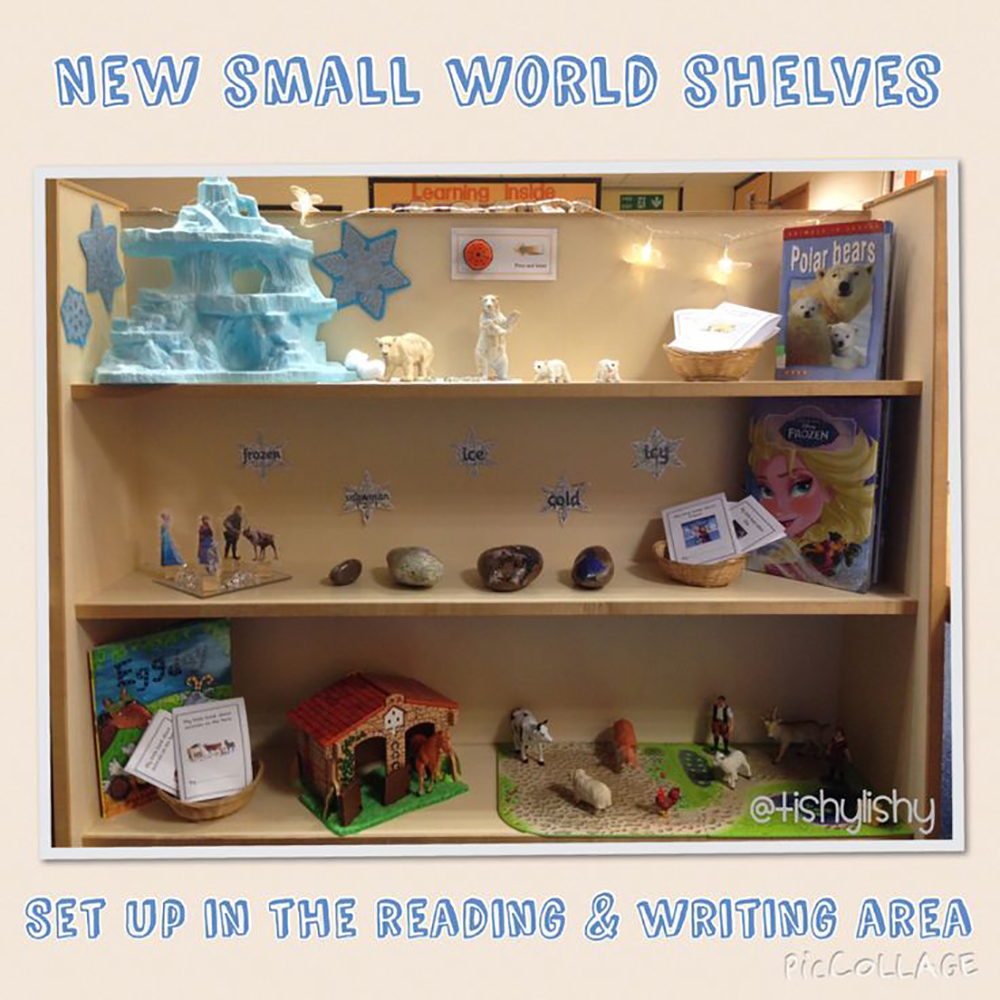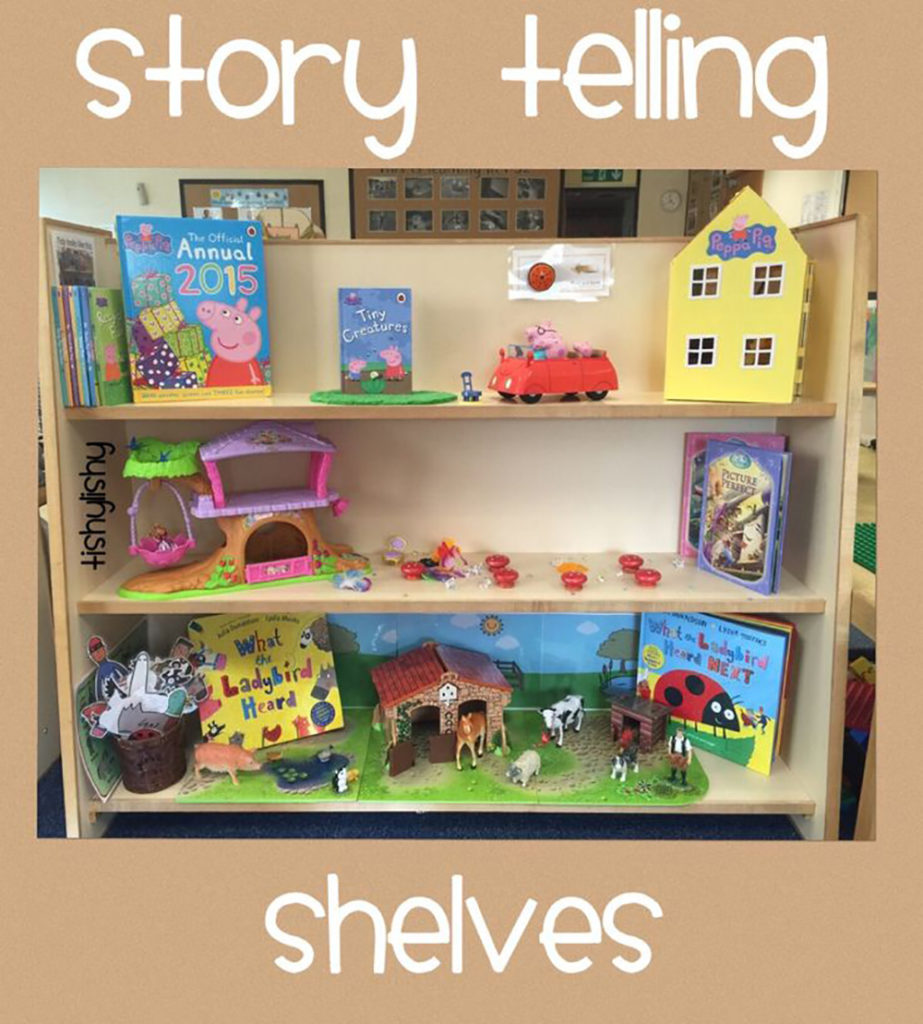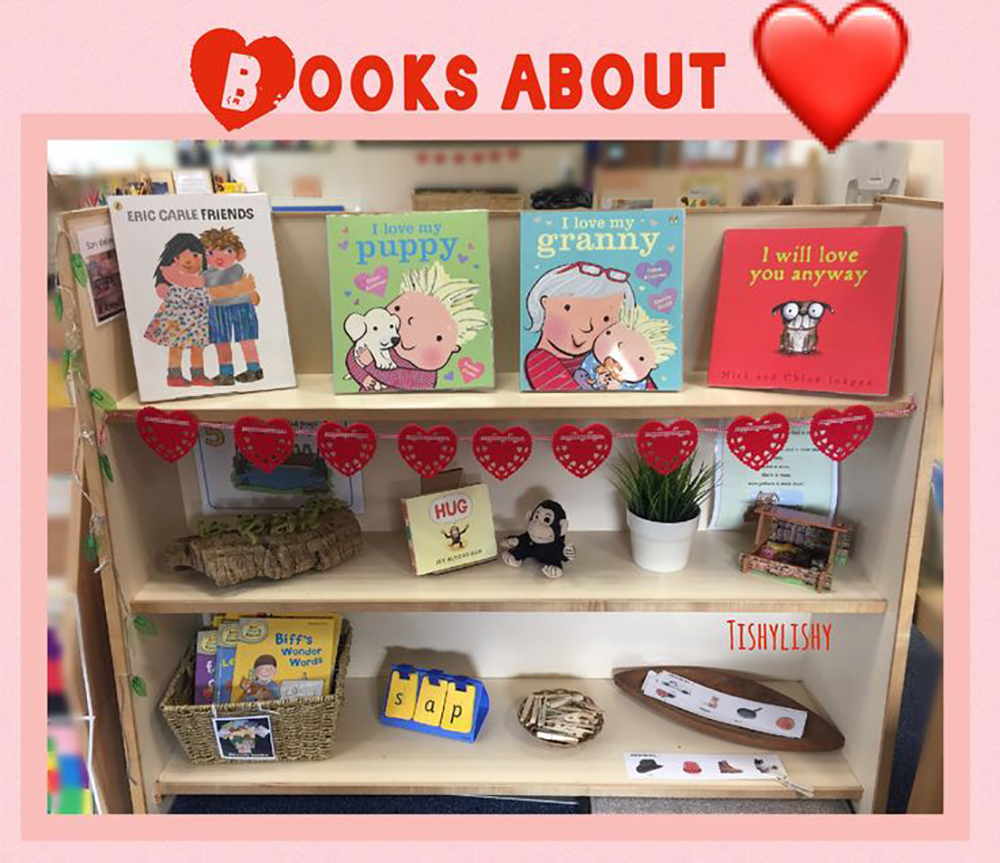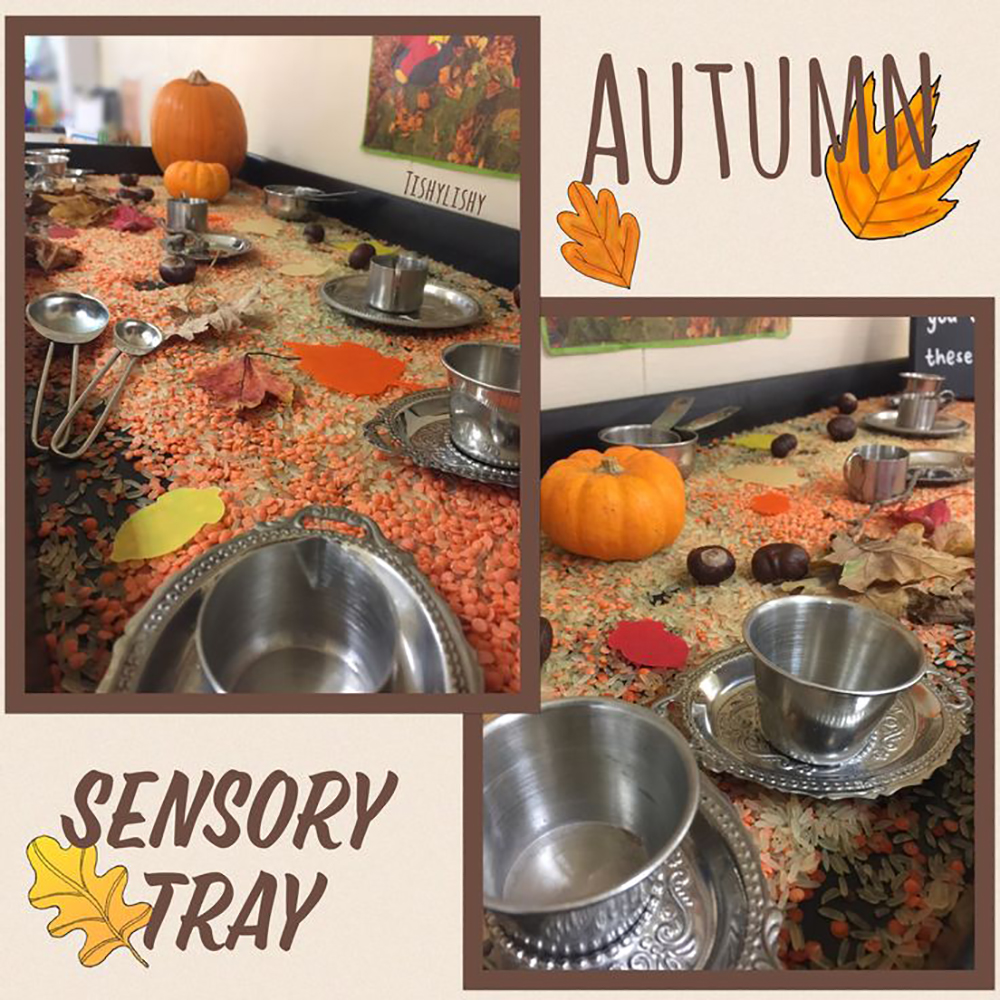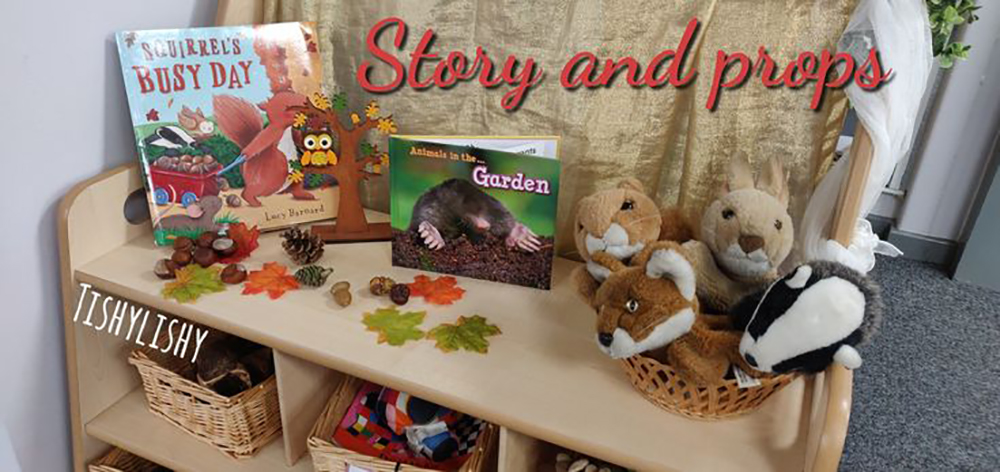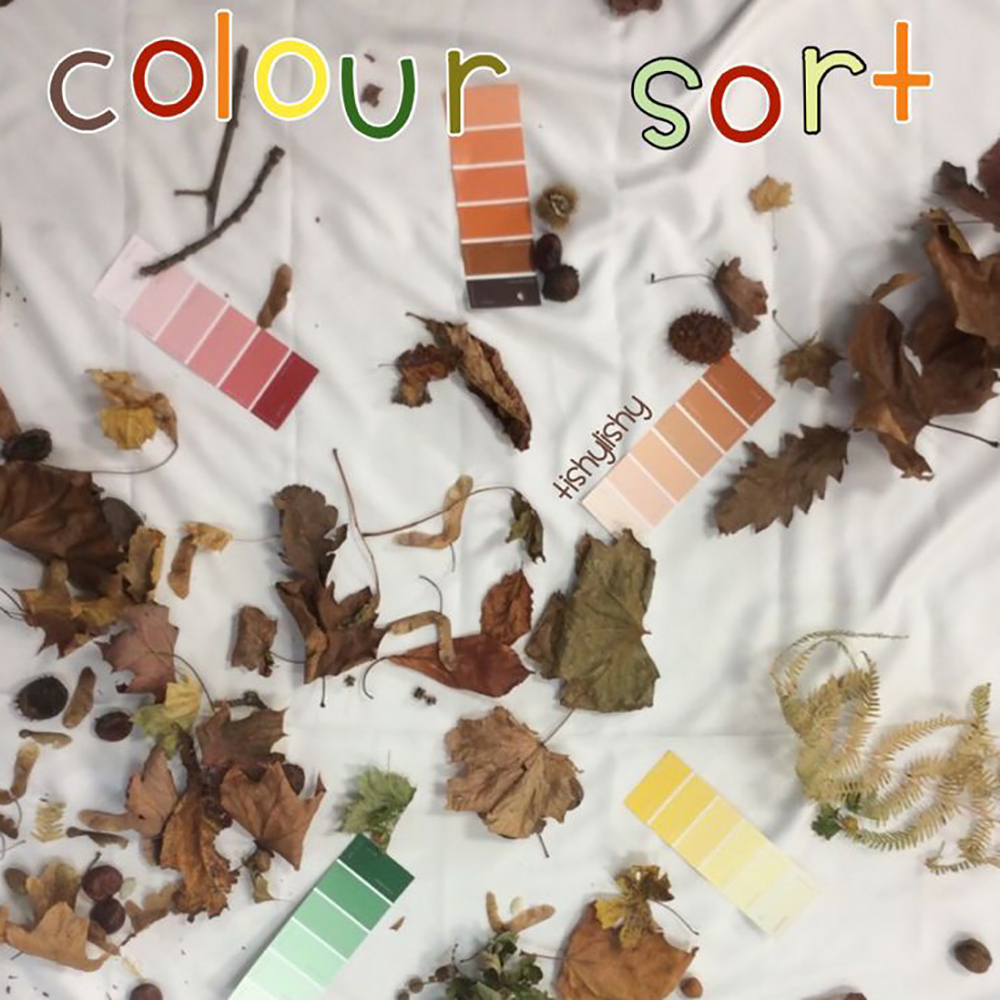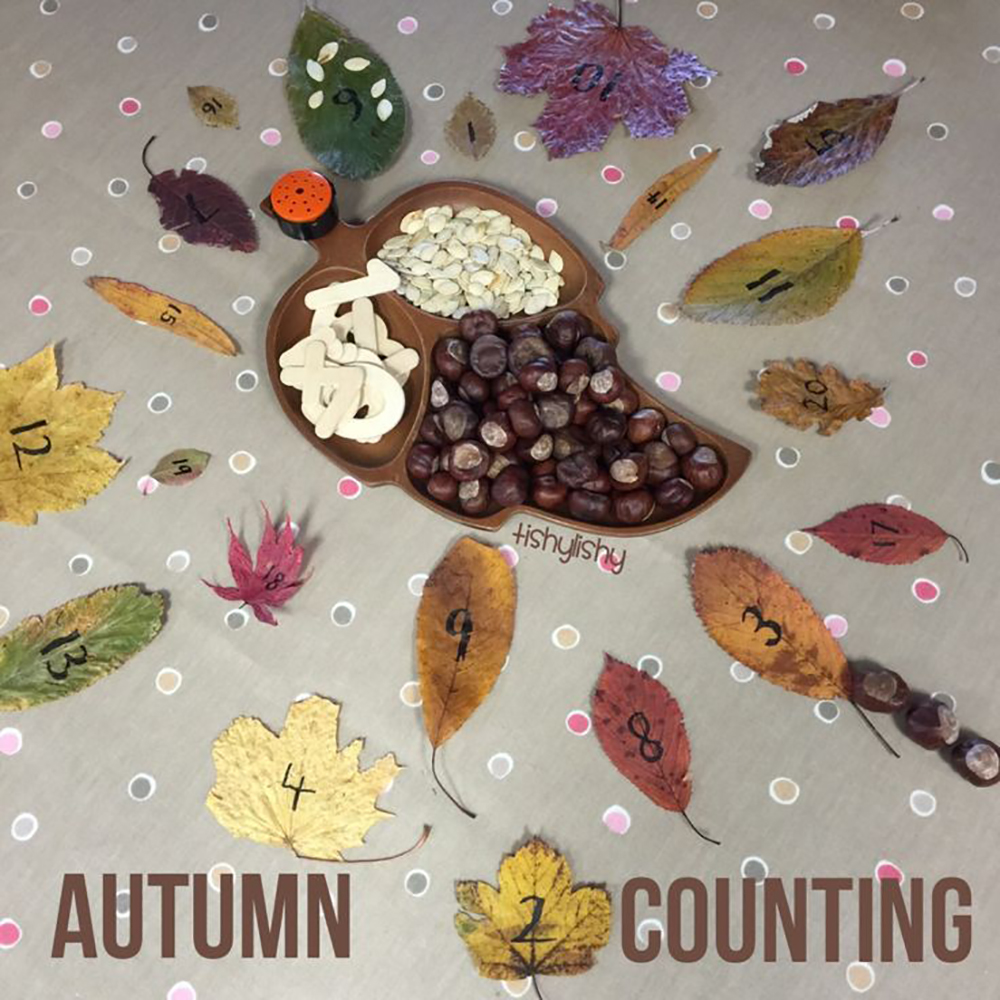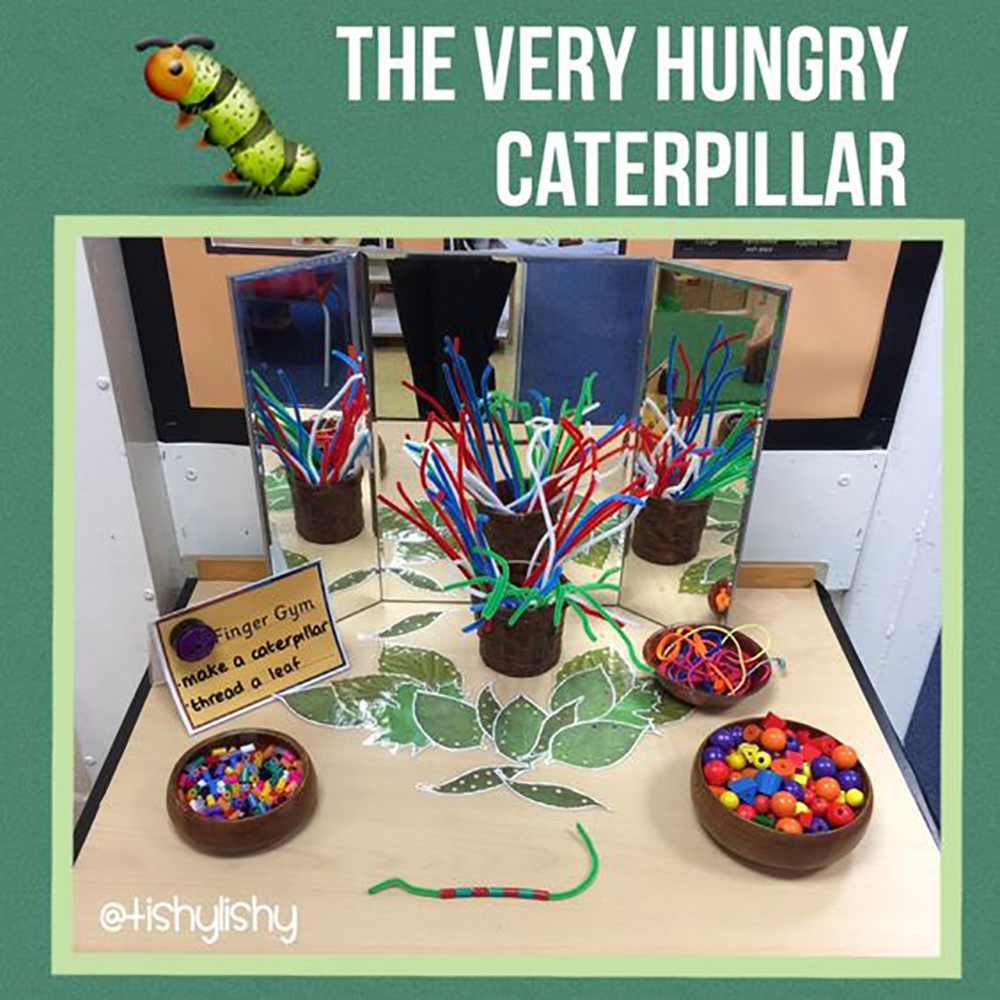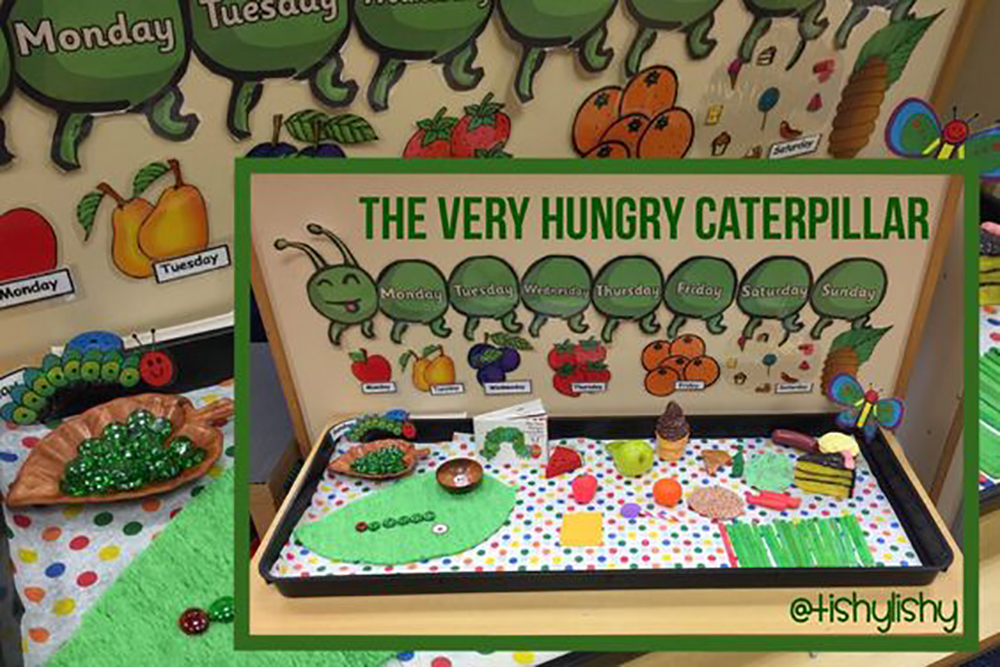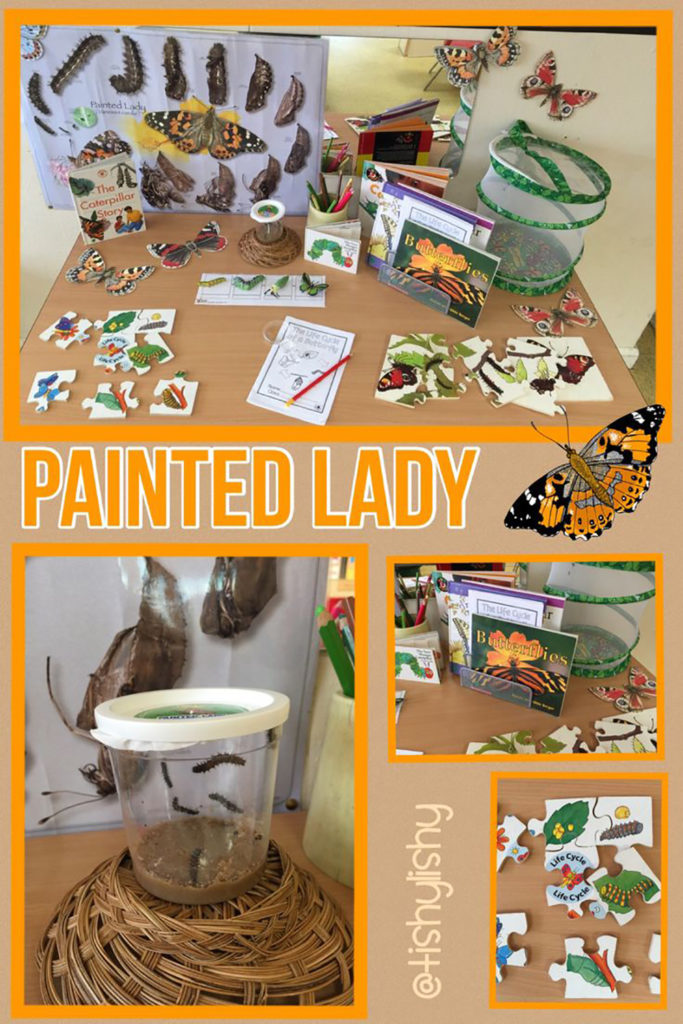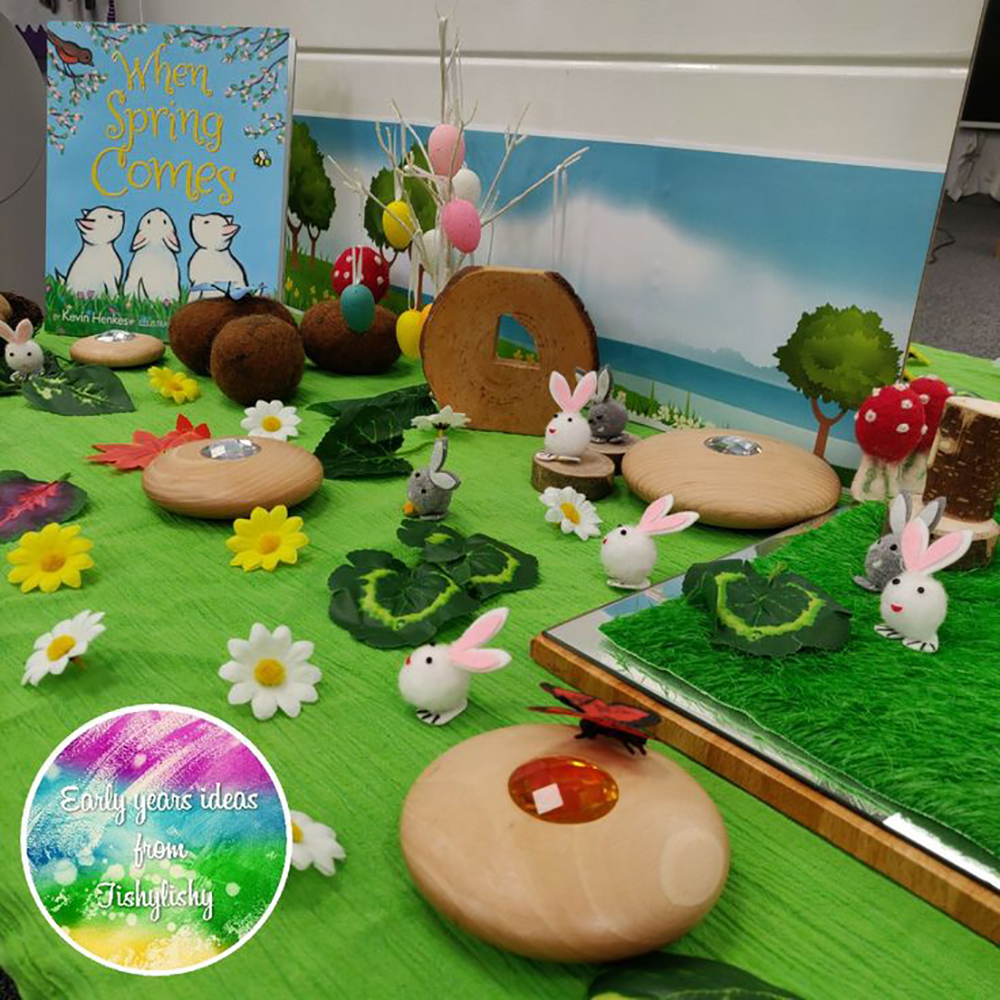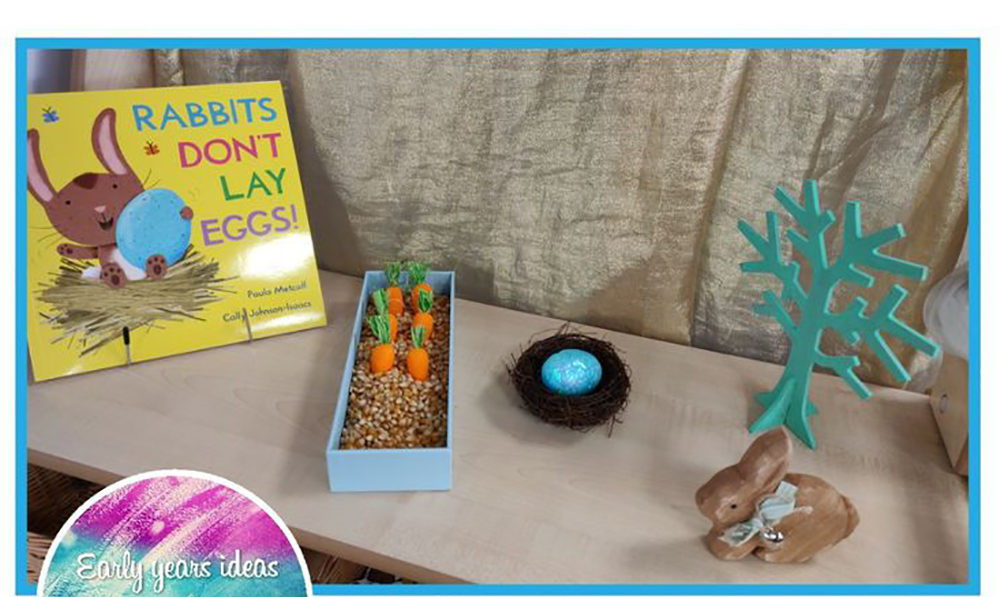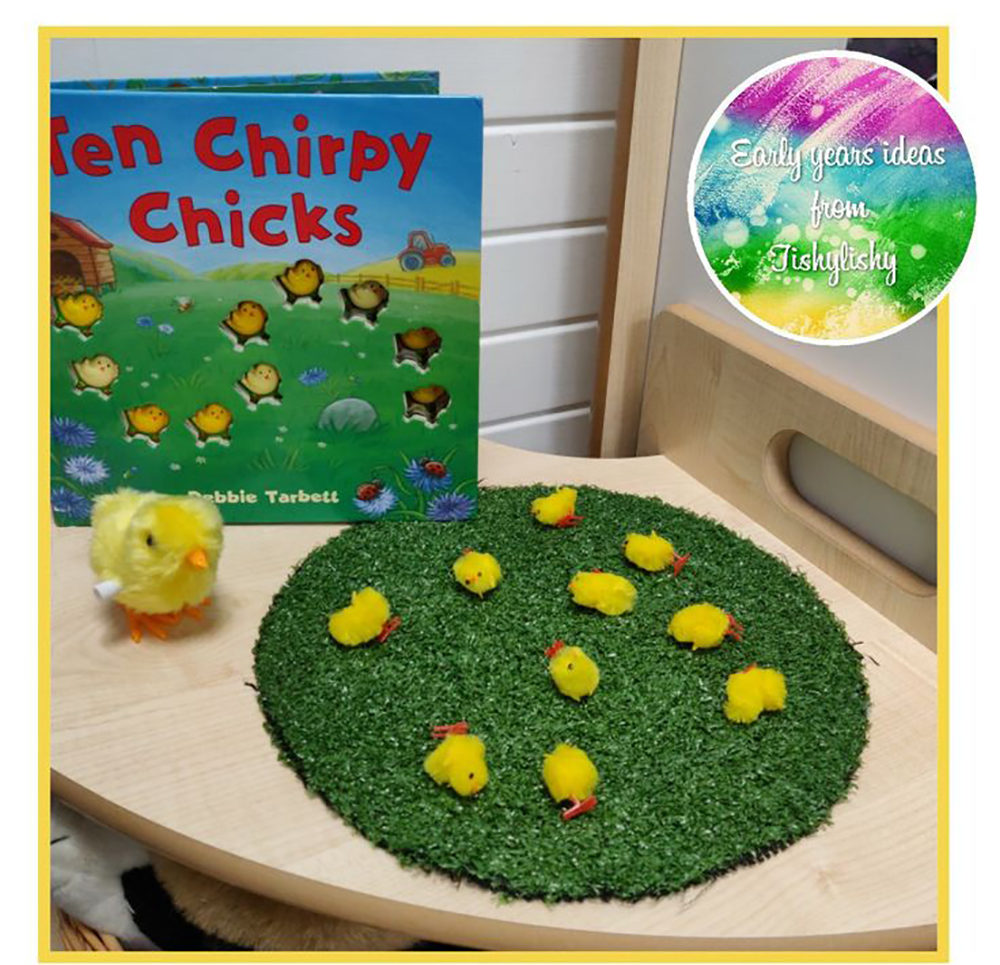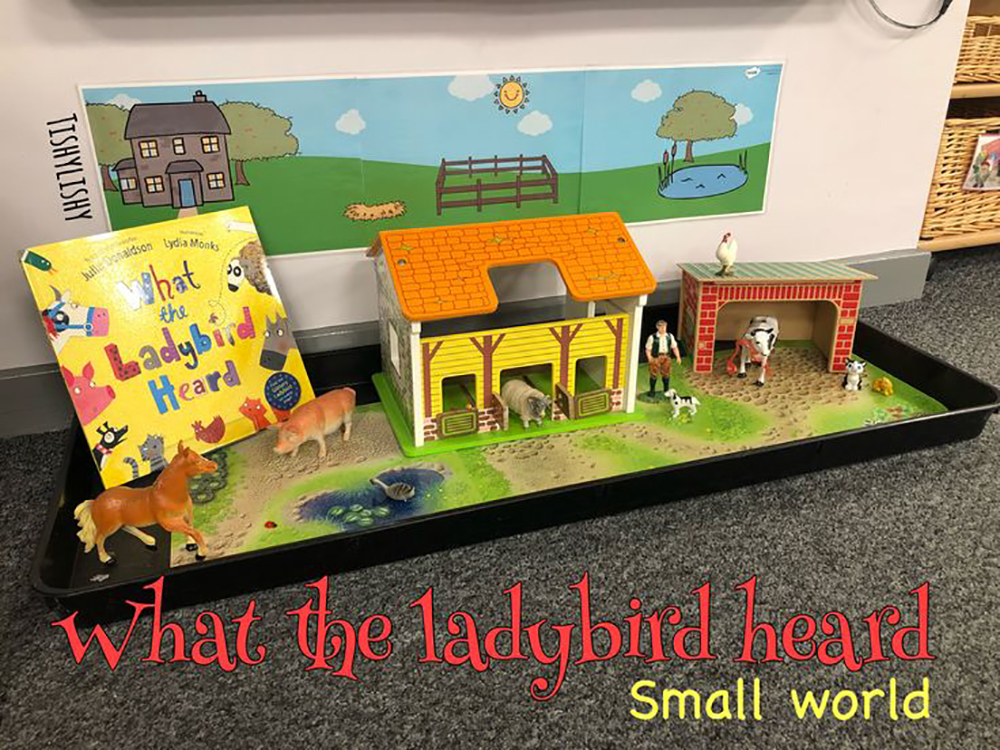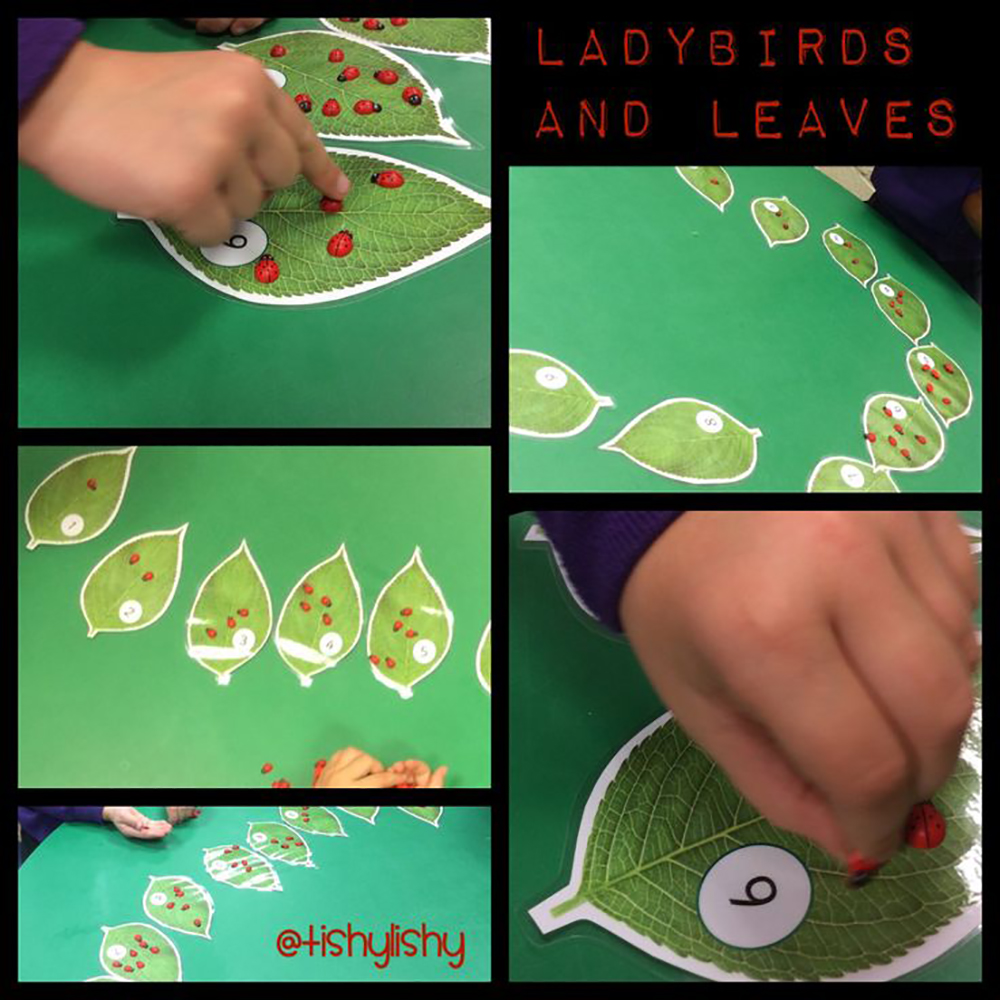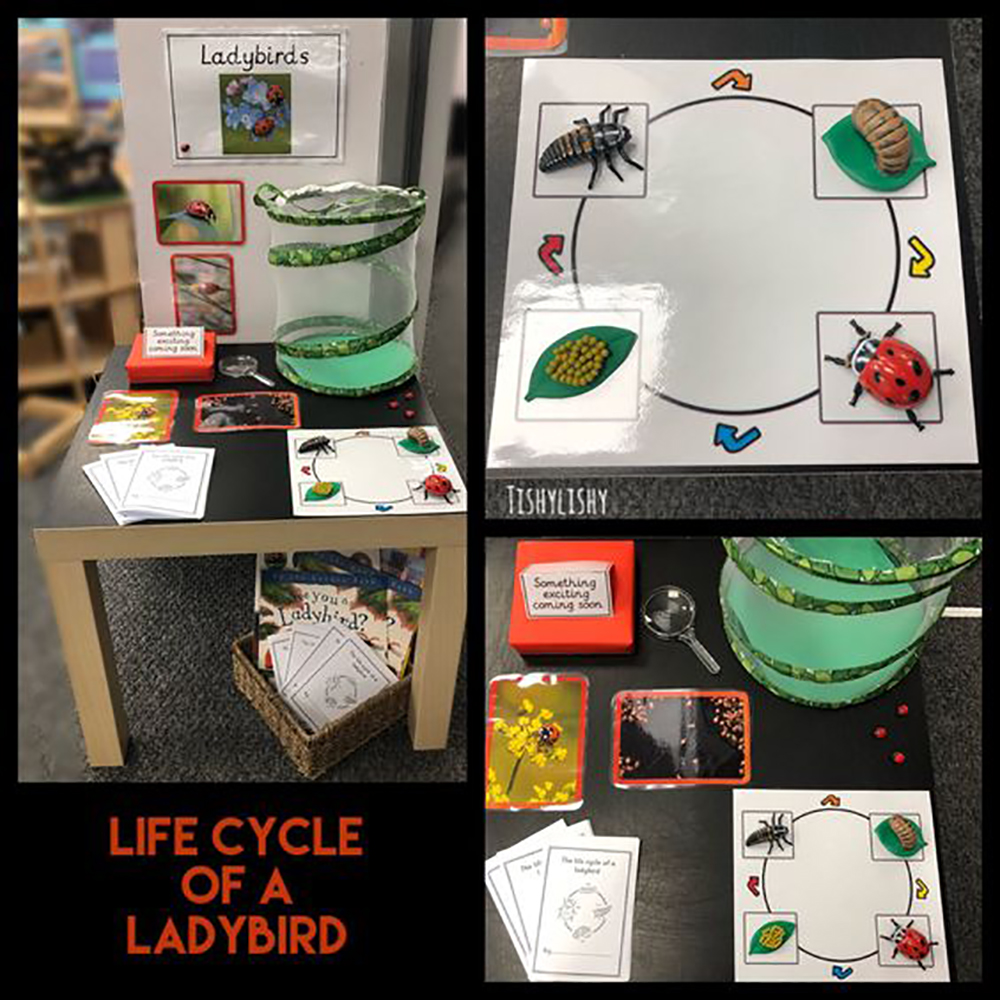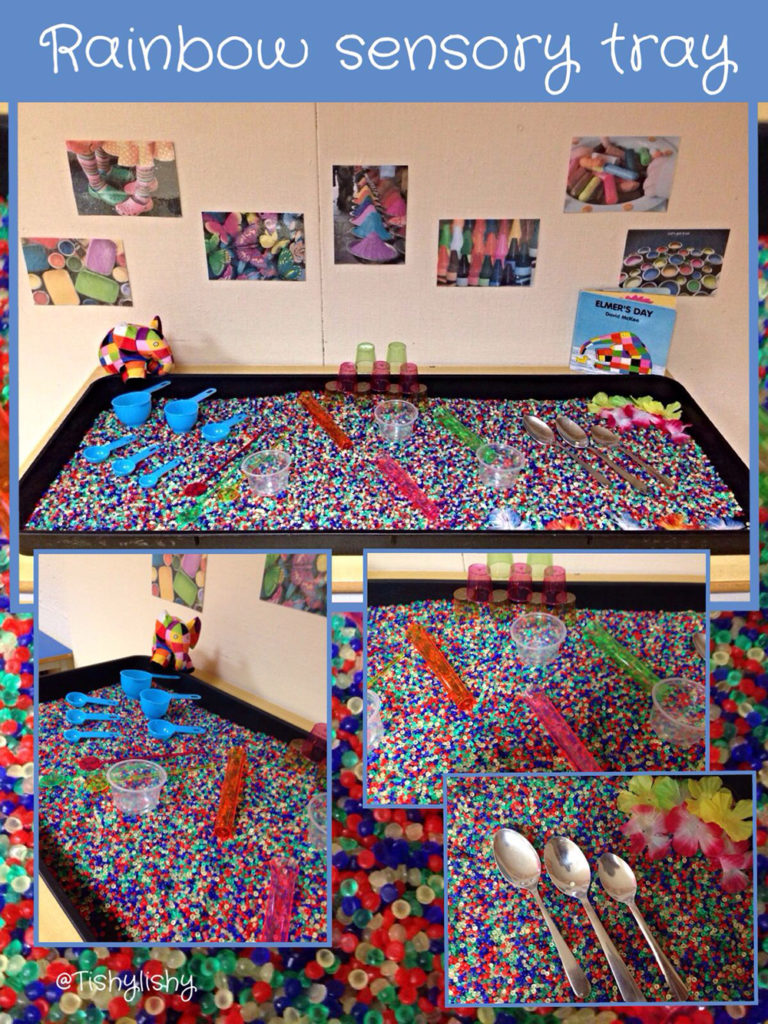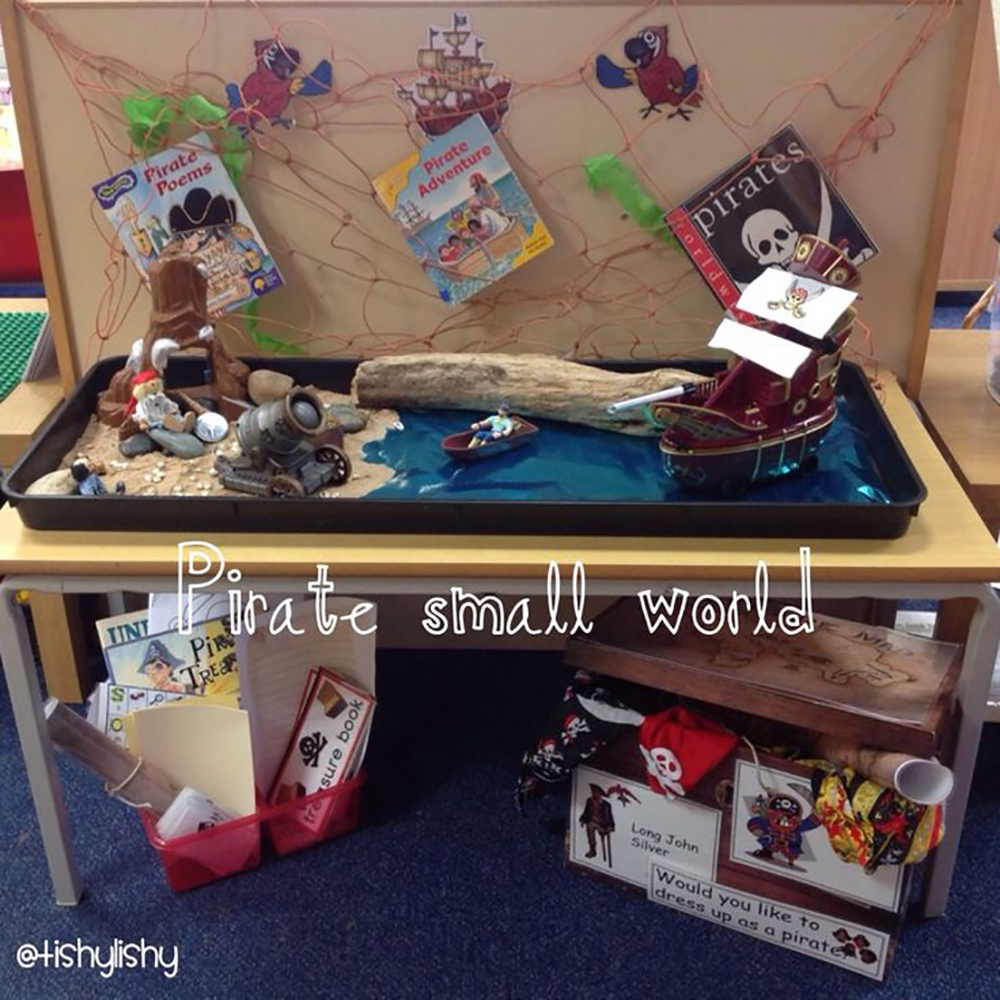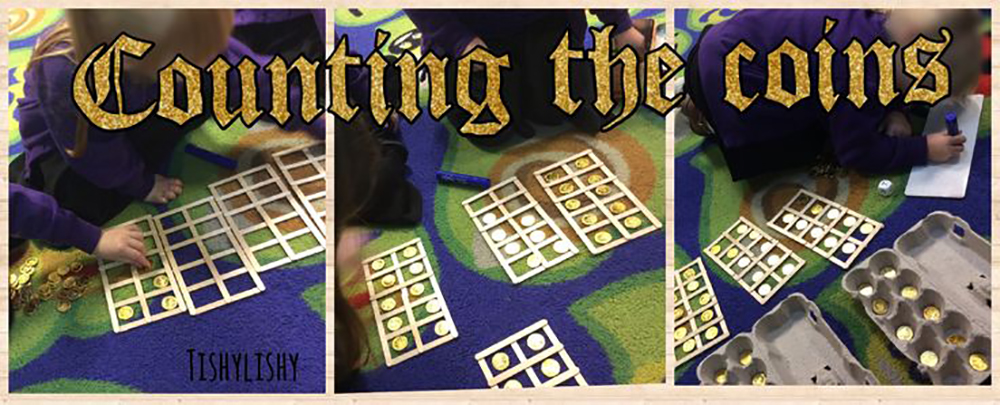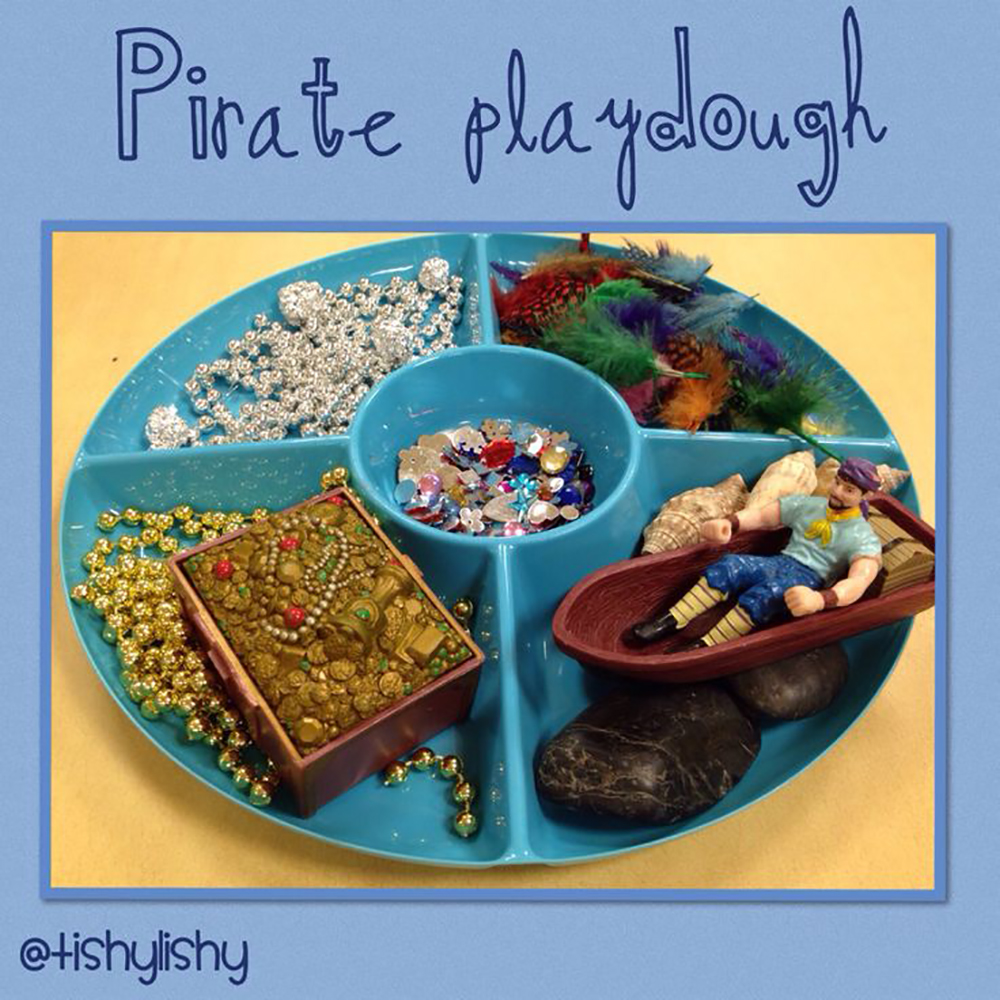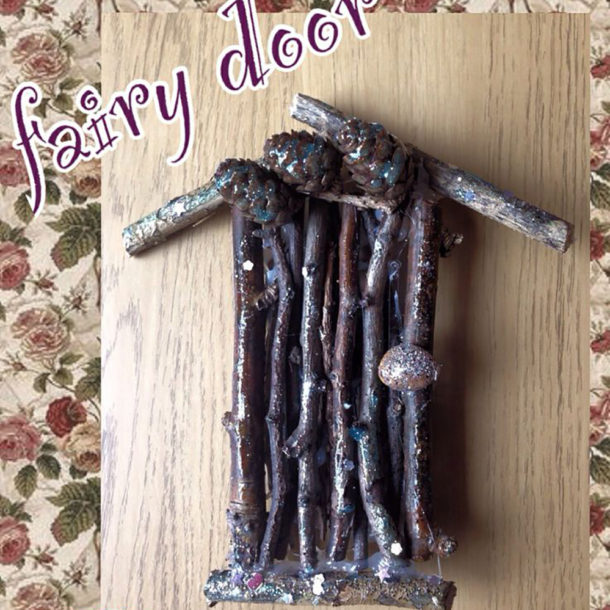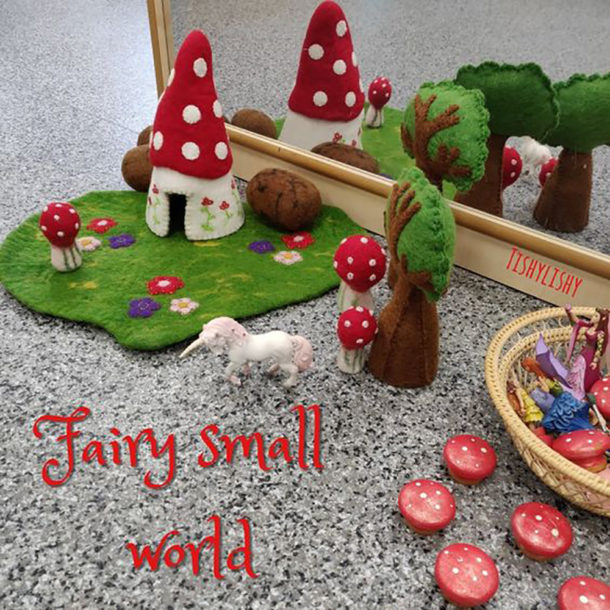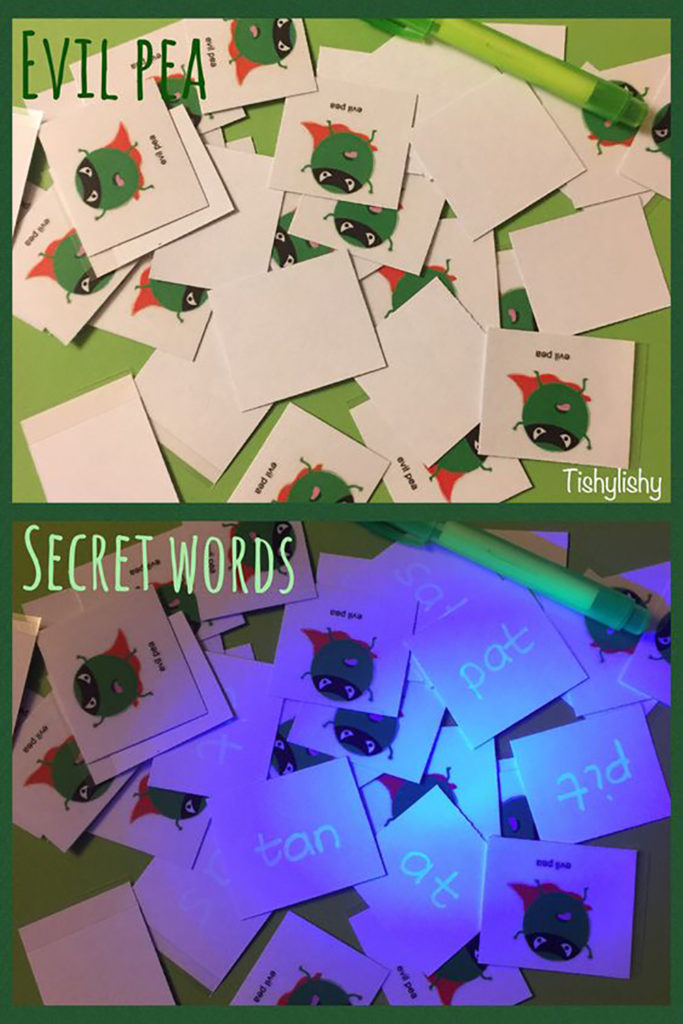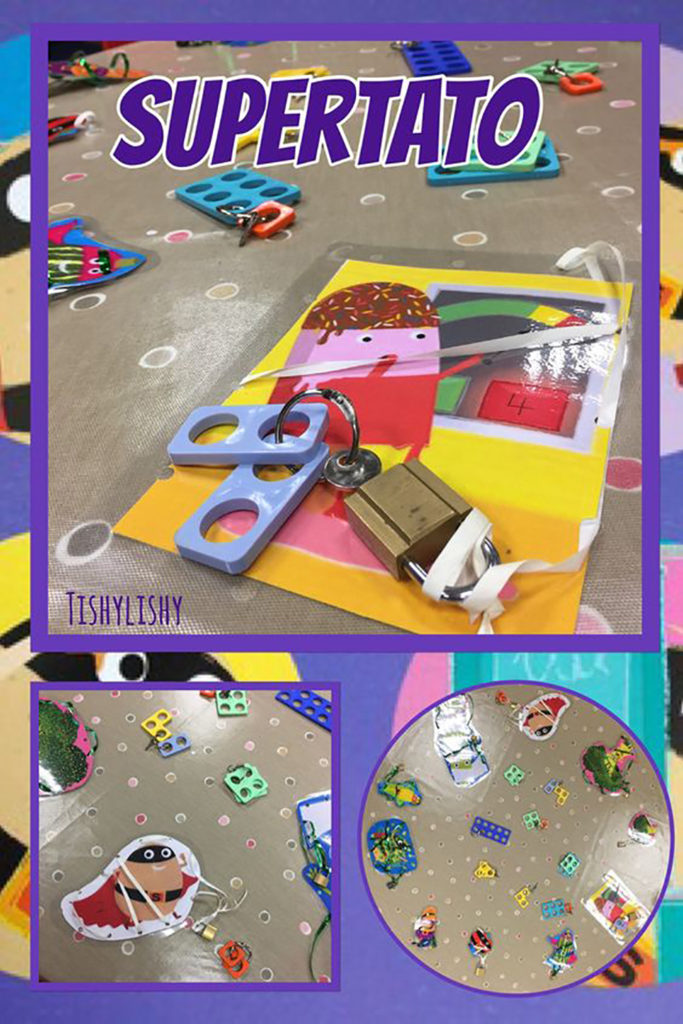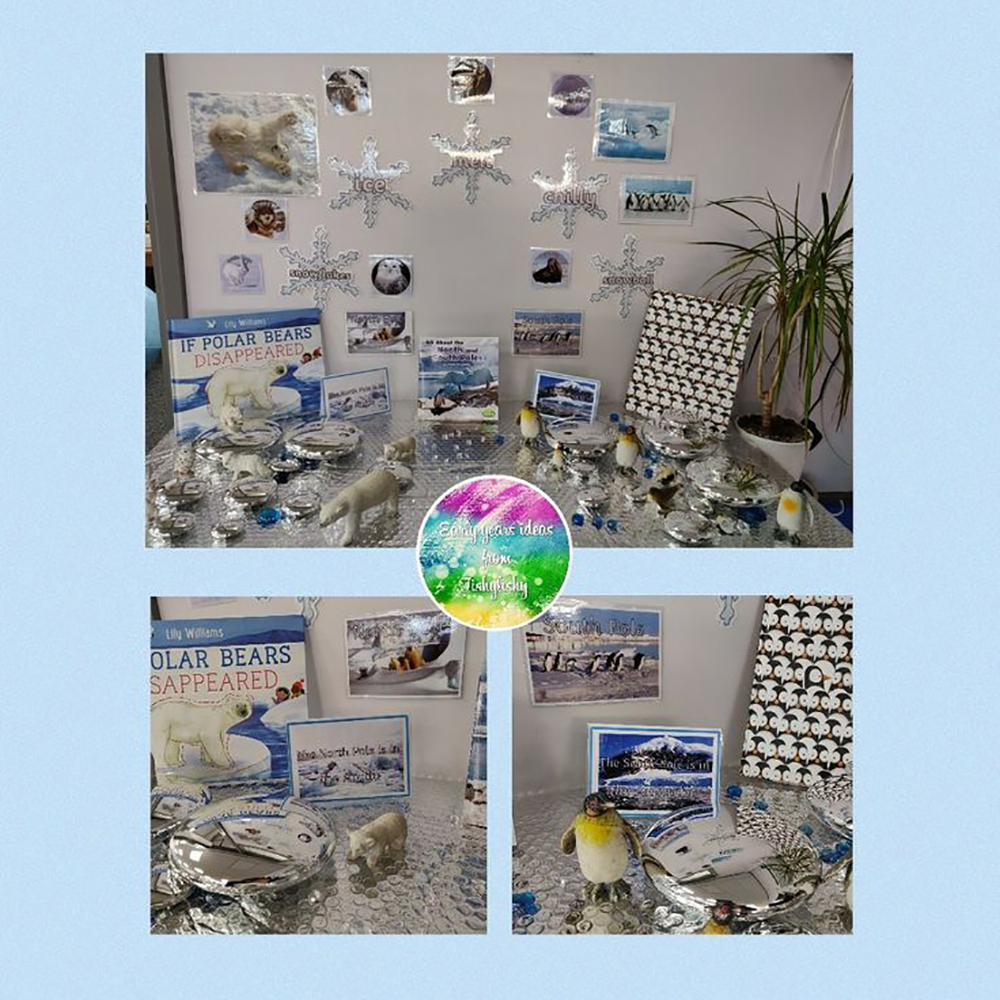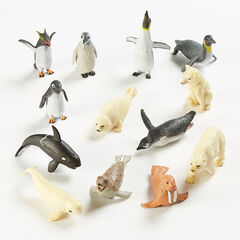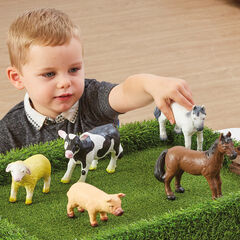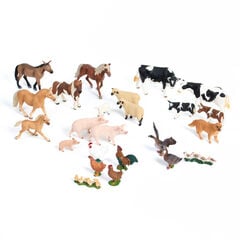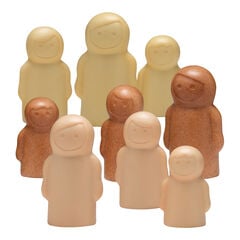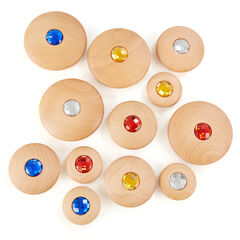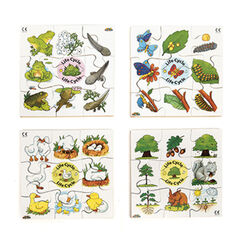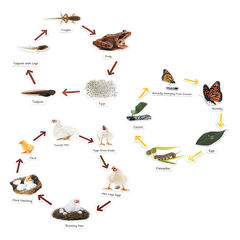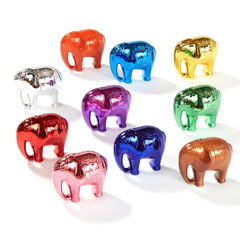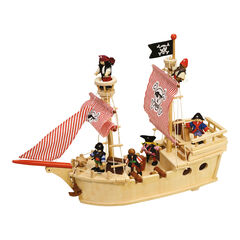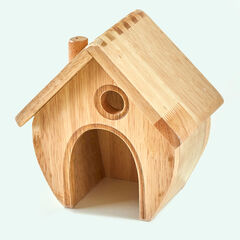Like many settings I use picture books as a stimulus for play and talk. I might set up a specific area to include books and resources or I plan experiences around a particular text. The following photos will show how I have achieved this in my Early Years class.
When I was in FS2 I developed “Story Shelves” as part of my provision. The children would use the resources to retell stories, both orally and through action.
Story Shelves
- This was our ‘Once Upon a Time’ shelf and included props for fairy tales such a figures, animals and other small world props, picture books and little books I made for the children to create their own stories.
2. This story shelf was inspired by the interest the children had in Frozen. I made small world laminated figures, story stones and more little books. Non-fiction books about Polar Regions were also included.
3. Popular characters such a Peppa Pig have also featured on my shelves. These are often the most familiar characters the children first meet.
4. For Valentine’s week I added some books about love and friendship to the top shelf.
5. Peg dolls are really lovely for retelling the story of ‘We’re going on a bear hunt.’ Decorate them yourself or get children to create the characters themselves.
6. Autumn – There’s lots of lovely picture books about Autumn. We’ve used Leaf Man by Lois Ehlert, We’re going on a Leaf Hunt by Steve Metzger, Squirrel’s Busy Day by Lucy Barnard and Storm by Sam Usher.
7. The children were given a bag to collect Autumn treasures with their families. These treasures were explored, counted and colour sorted.
Writing numbers on the real leaves was an invitation to count and match number and amounts.
8. The Very Hungry Caterpillar is one of my very favourite books and offers so many teaching and learning opportunities for storytelling, maths and discovery.
I gathered the props from the story and encouraged the children to retell it themselves.
9. Observing the life cycle of a Painted Lady butterfly is a wonderful experience. Children love to watch the tiny caterpillars grow, turn into Chrysalis’ and then hatch into beautiful butterflies. There are so many activities that can be done around this.
10. Spring is also a lovely theme to explore, especially since the children can see, smell, touch and experience it first-hand. This year I’ve used the book ‘When Spring Comes’ by Kevin Henkes it illustrates the changes we see.
11. What the Ladybird Heard is a fabulous story from Julia Donaldson. We love her books and songs too. Below is a photo of a small world set up with animals from the story.
12. Observing the life cycle of a ladybird was a fascinating experience for the children and adults.
13. The stories about Elmer offer opportunities for PSED along with maths and story telling. I presented the various books and props on the story shelf.
14. There are so many fabulous Pirate books out there. A Pirate ship small world set up with a box of dress up and a tub for various mark making is great for exploring.
15. There’s lots of Fairy themed picture books too. Add a miniature door, a few unicorns, toadstools and glitter and my children are enthralled. I made the door below with twigs from the garden. The Felt Woodland play set is from TTS Group and makes a lovely addition to any fairy themed small world play or story shelf.
16. Supertato has to be one of the most popular books on my bookshelf. The children used a UV torch from TTS Group, to see the invisible words I had made for this activity in my FS2 class.
17. ‘Penguin Problems’ and ‘If Polar Bears Disappeared’ are new picture books for me this year. I hadn’t heard of them until I saw a post from one of the Instagram accounts I follow. The children quickly picked up that penguins and polar bears do not live in the same region. I set up this small world as North and South Pole.
I hope you’ve been inspired to create some small world areas or set up a dedicated space for books and props. Look out for some less well known picture books to use in class, there’s some undiscovered gems out there to enhance teaching and learning.
For more photos of my Early Years provision visit my Facebook page, Instagram page and Pinterest.
With thanks to Lisa Warner – AKA TishyLishy for writing this inspiring post. Lisa is an Assistant Headteacher at a school in Leeds.



